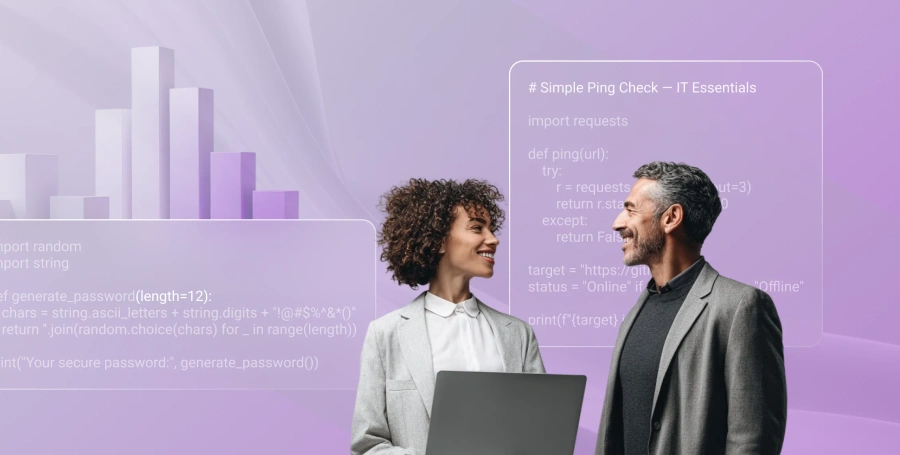
Technical audit for a SaaS inventory management platform
A US-based SaaS company approached us with a request to perform a full-scale technical audit of their product, a platform designed for asset and warehouse management. Our team reviewed the entire codebase, infrastructure, and development workflow to identify technical bottlenecks and risks.
Project scope
The entire audit took two weeks, from the initial discussions to delivering a detailed report with technical findings and recommendations. Our team worked in stages, gradually moving from surface-level checks to deep technical analysis across the stack.
Here’s what it looked like:
Step 1. Requirements alignment
In the first two days, we aligned with the client on audit objectives, clarified expectations, and identified the areas of most concern. These included code quality, system scalability, and readiness for investment due diligence.
Step 2. Initial codebase assessment
We started by reviewing the top layer of the application across frontend and backend. This helped us spot early signs of inconsistency in coding standards, outdated patterns, and potential architectural issues. After getting the client’s approval, we moved deeper.
Step 3. In-depth backend review
The backend, built on Ruby on Rails, was reviewed for architecture quality, dependency risks, test coverage, and performance logic.
We also analyzed how well the system handled data, security, and potential scalability demands.Step 4. Frontend and UI evaluation
We reviewed the React.js frontend with a focus on structure, rendering speed, state management, and maintainability.
The UI was also evaluated for consistency and alignment with business workflows.Step 5. Infrastructure and database check
We examined the deployment setup, automation level, and environment configuration.
Special attention was paid to database structure and query optimization, with recommendations for improving reliability and reducing future risks.Step 6. Final documentation
All findings were compiled into a detailed PDF report, with annotated examples, recommended action points, and a prioritized list of issues to address.



